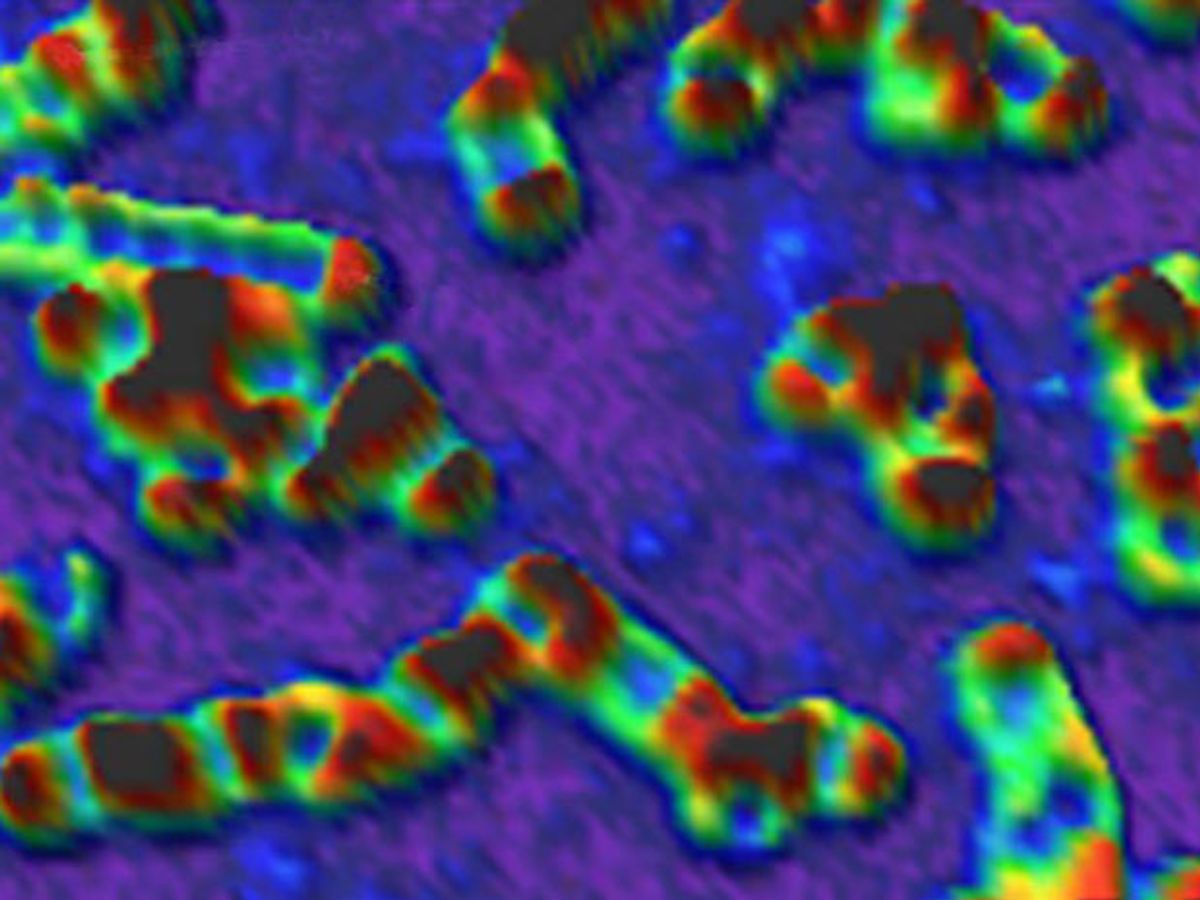If graphene is going to make a splash in electronics, it more than likely is going to be in the form of nanoribbons. What makes them attractive is that their width determines their electronic properties: Narrow ones are semiconductors, while wider ones act as conductors. This essentially provides a simple way to engineer a band gap into graphene.
Last summer, this blog reported on news that a bottom-up approach to manufacturing graphene nanoribbons (GNRs) had been developed that is both compatible with current semiconductor manufacturing methods and can be scaled up.
Okay, so, GNRs have the properties you need for electronics and you can manufacture the material in bulk. But what can you do with it once you’ve made it? An international team of researchers at Tohoku University's Advanced Institute of Materials Research (AIMR) in Japan has demonstrated the ability to interconnect GNRs end to end using molecular assembly that forms elbow structures which are essentially interconnection points. The researchers believe that this development provides the key to unlocking GNRs’ potential in high-performance and low-power-consumption electronics.
“Current molecular assemblies either produce straight GNRs (i.e., without identifiable interconnection points), or randomly interconnected GNRs,” said Dr. Patrick Han, the project leader, in press release. “These growth modes have too many intrinsic unknowns for determining whether electrons travel across graphene interconnection points smoothly,” said Han, who added that, “The key is to design a molecular assembly that produces GNRs that are systematically interconnected with clearly distinguishable interconnection points.”
In research published in the journal ACS Nano, the AIMR researchers were able to demonstrate that both the electron and thermal conductivities of two interconnected GNRs should be the same as that of the ends of a single GNR.
“The major finding of this work is that interconnected GNRs do not show electronic disruption (e.g., electron localization that increases resistance at the interconnection points),” said Han in the press release. “The electronically smooth interconnection demonstrates that GNR properties (including tailored band gaps, or even spin-aligned zigzag edges) can be connected to other graphene structures. These results show that finding a way to connect defect-free GNRs to desired electrodes may be the key strategy toward achieving high-performance, low-power-consumption electronics.”
Dexter Johnson is a contributing editor at IEEE Spectrum, with a focus on nanotechnology.



